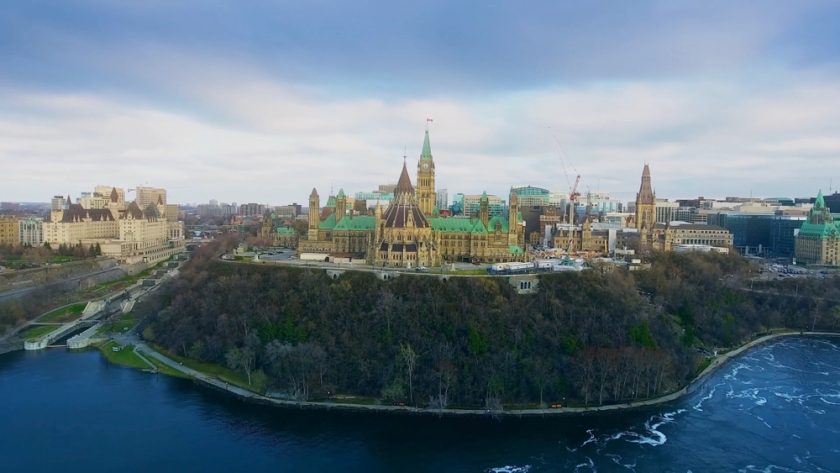Canada’s transport minister has tabled a regulatory proposal that would allow operations with a remotely piloted aircraft (RPA) up to 150 kg to be flown within visual line-of-sight and introduce rules for routine beyond visual line-of-sight operations with an RPA up to 150 kg over sparsely populated areas, at low altitudes, and in uncontrolled airspace. The proposal would remove the requirement for a Special Flight Operations Certificate (SFOC) for these operations, which are currently required to seek Transport Canada (TC) approval on a case-by-case basis. The amendments include proposed requirements for a new pilot certification, new technical standards for the aircraft and supporting systems, new operational procedures, such as increased distances from airports, heliports, and people, as well as new requirements for individuals and organizations to operate BVLOS. In addition, the proposal would update existing service fees and introduce new fees for the new services that would be provided to the RPAS sector, according to reports by Canada Gazette.
The original source for this story is sUAS News.
The proposal is subject to a 90-day consultation, due to close on 23 September 2023.
Costs for the proposed amendments are expected to total CAD26.02 million over a ten-year timeframe from 2024 to 2033. Costs would apply to industry primarily for maintenance and certification requirements, as well as increased operating costs. Costs would apply to the government for the maintenance of an online service platform, the Drone Management Portal (DMP), as well as regulatory engagement and enforcement. The anticipated monetized benefits, which are estimated to be CAD40.23 million over the 10-year timeframe, would result primarily from enabling high-value RPAS operations, eliminating the need for SFOCs for certain RPAS operations, increased profits for domestic RPAS manufacturers, and increased recreational pilot activities. The proposed amendments are, therefore, expected to result in an overall monetized net benefit of CAD14.21 million over the ten-year timeframe. Costs and benefits are expressed in 2022 dollars discounted to the base year of 2024 at a 7% rate.
The “one-for-one-rule” would apply, as the proposed amendments would decrease the administrative burden on affected stakeholders by a total of $3.76 million in 2012 dollars, discounted to 2012 at a 7% rate, or an annualized value of CAD535,501. There would be 24 137 small businesses affected, with a total net impact of CAD15.54 million (CAD644 per business) over the ten-year timeframe, in 2022 dollars discounted to 2024 at a 7% rate.
Background
Technological advancements continue to emerge in the remotely piloted aircraft systems (RPAS) sector with the development of larger systems and higher levels of automation that have the potential to create new economic opportunities and perform tasks more quickly and safely than a person or other mode of transportation, often at a lower cost. The Government of Canada (GoC) introduced the first set of RPAS rules in 2019, which addressed safety concerns and created a flexible and predictable environment for small RPAS flown within visual line-of-sight (VLOS). However, the pace of technology has continued to accelerate since then, and industry has confirmed that a lack of regulations for medium-sized RPAS and beyond visual line-of-sight (BVLOS) operations is a key barrier to economic growth in the sector. To date, BVLOS operations and flying medium-sized RPAS can only be done through a case-by-case approval process, which can be time consuming and result in administrative burden for the RPAS industry. A more flexible and responsive regulatory environment is needed for the industry to continue to develop.
To unlock the potential of medium-sized RPAS and beyond visual line-of-sight operations, regulatory amendments are needed to allow more routine operations, provide regulatory predictability, and support economic growth. This would help the Canadian RPAS industry to remain competitive in the global market while also supporting economic recovery in Canada post-pandemic.
For more information
(Image:Shutterstock)




